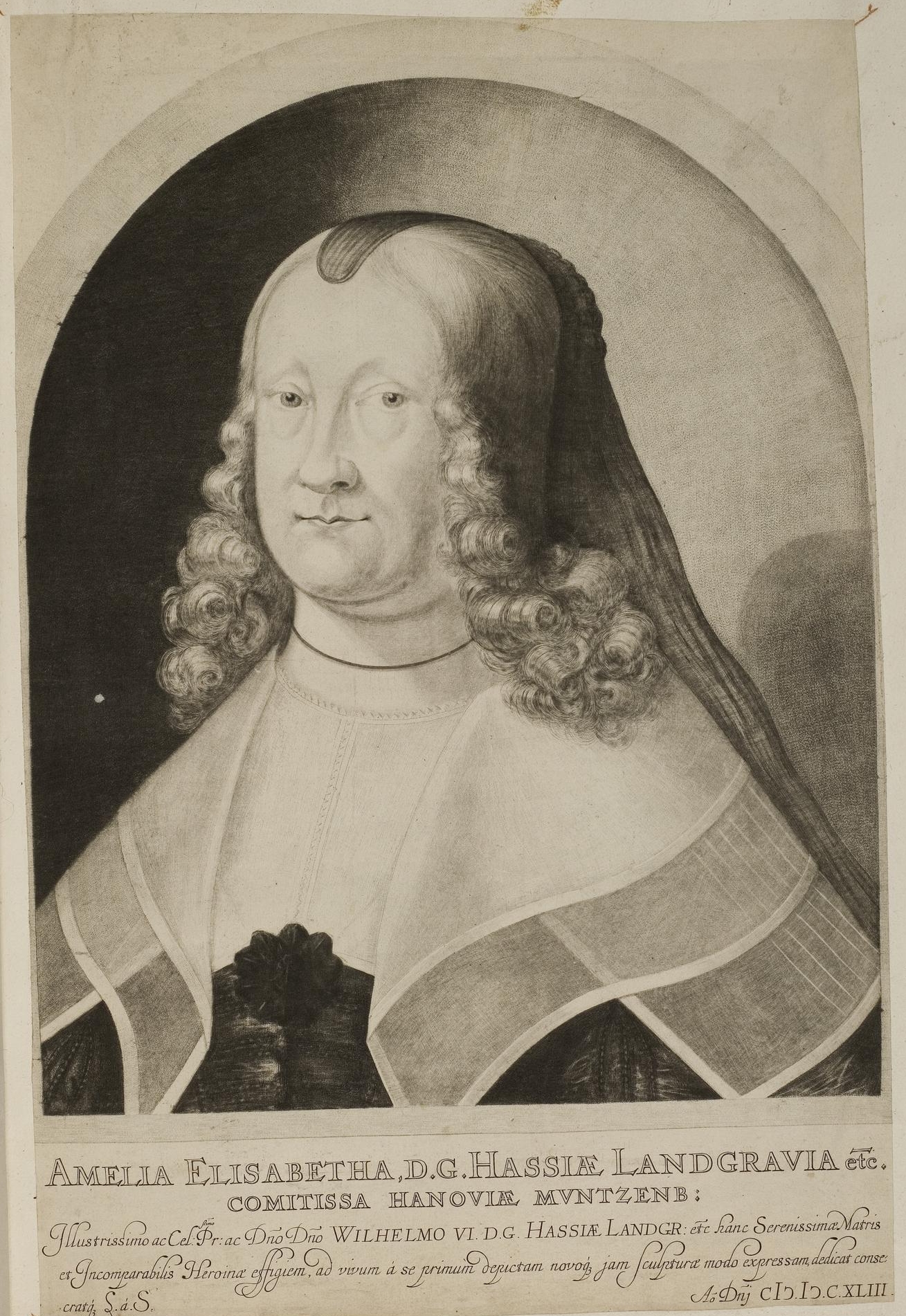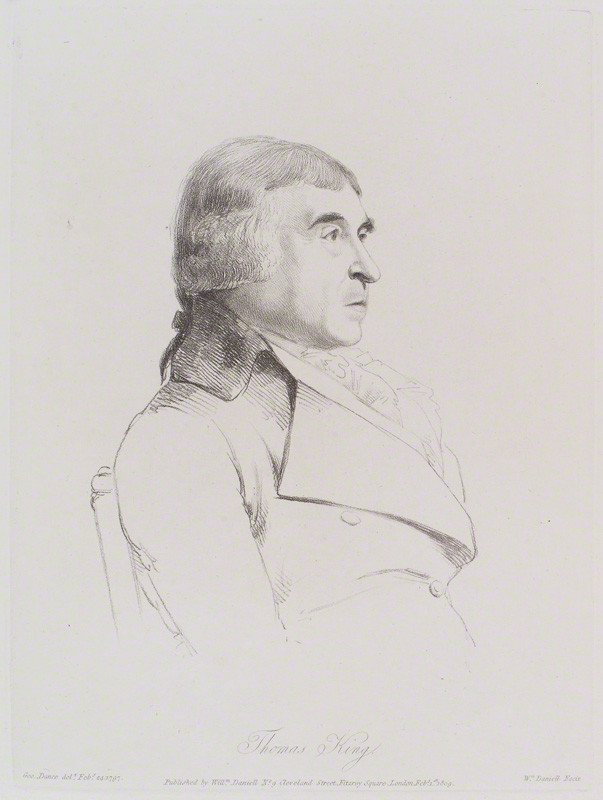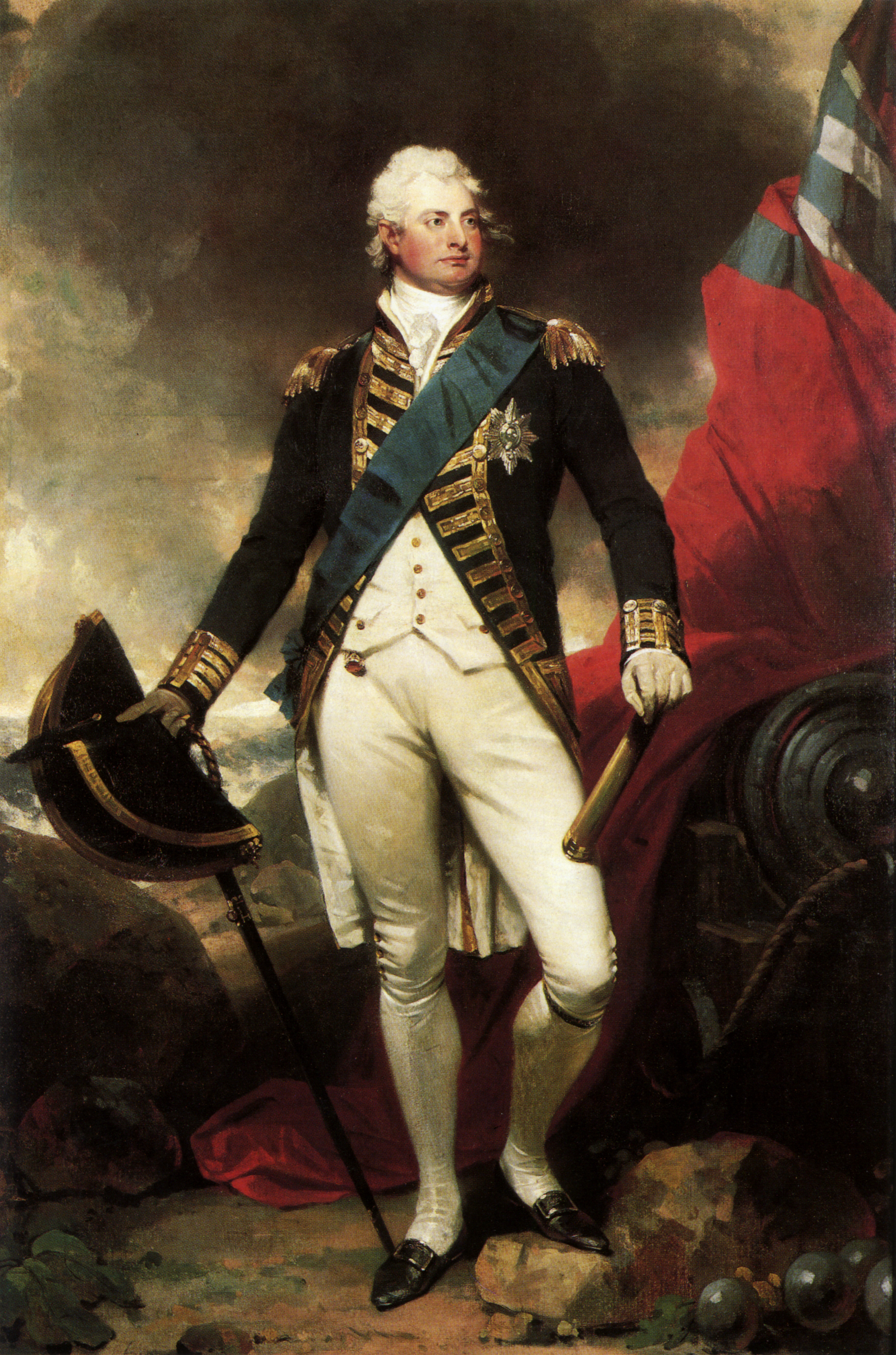|
John Jones (engraver)
John Jones (c.1755–1797) was a British printmaker. Life John practised both mezzotint and stipple engraving Stipple engraving is a technique used to create tone in an intaglio print by distributing a pattern of dots of various sizes and densities across the image. The pattern is created on the printing plate either in engraving by gouging out the dots ... styles. He lived in Great Portland Street, London from 1783. In 1790 he was appointed engraver extraordinary to the George IV, Prince of Wales, and he was also principal engraver to the Prince Frederick, Duke of York and Albany, Duke of York. George Jones (painter), George Jones, R.A., was his only son. Works Jones produced a large number of plates, chiefly from portraits by Joshua Reynolds, George Romney (painter), George Romney, and other contemporary painters; these, with few exceptions, he published himself. He exhibited with the Incorporated Society of Artists from 1775 to 1791. Jones's mezzotints included portraits o ... [...More Info...] [...Related Items...] OR: [Wikipedia] [Google] [Baidu] |
Mezzotint
Mezzotint is a monochrome printmaking process of the '' intaglio'' family. It was the first printing process that yielded half-tones without using line- or dot-based techniques like hatching, cross-hatching or stipple. Mezzotint achieves tonality by roughening a metal plate with thousands of little dots made by a metal tool with small teeth, called a "rocker". In printing, the tiny pits in the plate retain the ink when the face of the plate is wiped clean. This technique can achieve a high level of quality and richness in the print. ''Mezzotint'' is often combined with other ''intaglio'' techniques, usually etching and engraving. The process was especially widely used in England from the eighteenth century, to reproduce portraits and other paintings. It was somewhat in competition with the other main tonal technique of the day, aquatint. Since the mid-nineteenth century it has been relatively little used, as lithography and other techniques produced comparable results more easil ... [...More Info...] [...Related Items...] OR: [Wikipedia] [Google] [Baidu] |
Edmund Burke
Edmund Burke (; 12 January NS.html"_;"title="New_Style.html"_;"title="/nowiki>New_Style">NS">New_Style.html"_;"title="/nowiki>New_Style">NS/nowiki>_1729_–_9_July_1797)_was_an_ NS.html"_;"title="New_Style.html"_;"title="/nowiki>New_Style">NS">New_Style.html"_;"title="/nowiki>New_Style">NS/nowiki>_1729_–_9_July_1797)_was_an_Anglo-Irish_people">Anglo-Irish_Politician.html" ;"title="Anglo-Irish_people.html" ;"title="New_Style">NS.html" ;"title="New_Style.html" ;"title="/nowiki>New Style">NS">New_Style.html" ;"title="/nowiki>New Style">NS/nowiki> 1729 – 9 July 1797) was an Anglo-Irish people">Anglo-Irish Politician">statesman, economist, and philosopher. Born in Dublin, Burke served as a member of Parliament (MP) between 1766 and 1794 in the House of Commons of Great Britain with the Whig Party. Burke was a proponent of underpinning virtues with manners in society and of the importance of religious institutions for the moral stability and good of the state. These views wer ... [...More Info...] [...Related Items...] OR: [Wikipedia] [Google] [Baidu] |
1755 Births
Events January–March * January 23 (O. S. January 12, Tatiana Day, nowadays celebrated on January 25) – Moscow University is established. * February 13 – The kingdom of Mataram on Java is divided in two, creating the sultanate of Yogyakarta and the sunanate of Surakarta. * March 12 – A steam engine is used in the American colonies for the first time as New Jersey copper mine owner Arent Schuyler installs a Newcomen atmospheric engine to pump water out of a mineshaft. * March 22 – Britain's House of Commons votes in favor of £1,000,000 of appropriations to expand the British Army and Royal Navy operations in North America. * March 26 – General Edward Braddock and 1,600 British sailors and soldiers arrive at Alexandria, Virginia on transport ships that have sailed up the Potomac River. Braddock, sent to take command of the British forces against the French in North America, commandeers taverns and private homes to feed and house the t ... [...More Info...] [...Related Items...] OR: [Wikipedia] [Google] [Baidu] |
John Downman
John Downman (1750 – 24 December 1824) was a Welsh portrait and subject painter. Life and work Downman is thought to have been born near Ruabon, Denbighshire, the son of Francis Downman, attorney, of St Neots, and Charlotte (née Goodsend, eldest daughter of the private secretary to George I); his grandfather, Hugh Downman (1672–1729), had been the master of the House of Ordnance at Sheerness. The Downman family is usually known as a Devonshire one, but the exact connexion between the artist and the Devonshire branch has not been traced. He was educated first at Chester, then at Liverpool, and finally at the Royal Academy schools, and was for a while in the studio of Benjamin West. Downman set off in 1773 with Joseph Wright of Derby, a pregnant Ann Wright and Richard Hurleston for Italy. Their ship took shelter for three weeks in Nice before they completed their outward voyage in Livorno in Italy in February 1774. Downman returned to Britain in 1775.Jane Munro, 'Downman, J ... [...More Info...] [...Related Items...] OR: [Wikipedia] [Google] [Baidu] |
Thomas King (actor)
Thomas King (1730–1805) was an English actor, known also as a theatre manager and dramatist. Early life Born 20 August 1730, in the parish of St George's, Hanover Square, London, where his father was a tradesman, he was educated at a grammar school in Yorkshire, and then at Westminster School. Articled to a London solicitor, he was taken to a dramatic school, and in 1747, with Edward Shuter, he ran away, and joined a travelling company at Tunbridge. He then had a period acting in barns, in the course of which (June 1748) he played in a booth at Windsor, directed by Richard Yates. London actor King was seen by David Garrick, who, on the recommendation of Yates, engaged him for Drury Lane. His first part was the Herald in ''King Lear''. On 19 October 1748, when Philip Massinger's '' New Way to Pay Old Debts'' was given for the first time at Drury Lane, he played Allworth. He was in the same season the original Murza in Samuel Johnson's ''Irene'', and played a part in ''The Hen- ... [...More Info...] [...Related Items...] OR: [Wikipedia] [Google] [Baidu] |
Elizabeth Farren
Elizabeth Farren (c. 175923 April 1829) was an Irish actress of the late 18th century. Born in Cork in 1759 her father, George Farren was a surgeon. His drinking habits brought on early death and his widow returned to Liverpool. Her mother went on the stage to support herself and her children. Elizabeth first appeared on the London stage in 1777 as Miss Hardcastle in ''She Stoops to Conquer'' and the following year appeared at Drury Lane which, along with the Haymarket Theatre became her primary venues for the rest of her acting career. She had over 100 characters in her repertoire including Shakespeare and various contemporary comedies and dramas. She was often compared to Frances Abington, who was her only real rival. Her last appearance was in April 1797, two months before her marriage to Edward Smith-Stanley, 12th Earl of Derby. They had a son and two daughters. Early life Elizabeth (sometimes Eliza) Farren was the daughter of George Farren of Cork, Ireland, a surgeon and ... [...More Info...] [...Related Items...] OR: [Wikipedia] [Google] [Baidu] |
Henry Bunbury (caricaturist)
Henry William Bunbury (1 July 1750 – 7 May 1811) was an English caricaturist. The second son of Sir William Bunbury, 5th Baronet (see Bunbury baronets), of Mildenhall, Suffolk, he came of an old Norman family. He was educated at Westminster School and St Catharine's College, Cambridge, and soon showed a talent for drawing, especially for humorous subjects. He temporarily left Cambridge to embark on a tour of Europe, during which time he may have studied in Rome; he returned to school in 1771 but is not known to have completed a degree. His European travels inspired a series of caricatures mocking foreigners, notably his ''La cuisine de la poste'', exhibited at the Royal Academy in 1770. His more serious efforts were no great success, but his caricatures are as famous as those of his contemporaries Thomas Rowlandson and James Gillray, good examples being his ''Country Club'' (1788), ''Barber's Shop'' (1803) and ''A Long Story'' (1782). He was a popular character, and the frien ... [...More Info...] [...Related Items...] OR: [Wikipedia] [Google] [Baidu] |
Henry Fuseli
Henry Fuseli ( ; German: Johann Heinrich Füssli ; 7 February 1741 – 17 April 1825) was a Swiss painter, draughtsman and writer on art who spent much of his life in Britain. Many of his works, such as ''The Nightmare'', deal with supernatural subject matter. He painted works for John Boydell's Shakespeare Gallery, and created his own "Milton Gallery". He held the posts of Professor of Painting and Keeper at the Royal Academy. His style had a considerable influence on many younger British artists, including William Blake. Biography Fuseli was born in Zürich, Switzerland, the second of 18 children. His father was Johann Caspar Füssli, a painter of portraits and landscapes, and author of ''Lives of the Helvetic Painters''. He intended Henry for the church, and sent him to the Caroline college of Zurich, where he received an excellent classical education. One of his schoolmates there was Johann Kaspar Lavater, with whom he became close friends. After taking orders in 1761, ... [...More Info...] [...Related Items...] OR: [Wikipedia] [Google] [Baidu] |
William Redmore Bigg
William Redmore Bigg (Felsted, Felsted, Essex 6 January 1755 – 6 February 1828 London) was a British painter. Bigg was born in Felsted in Essex to William and Grace Bigg. He enrolled in the Royal Academy schools in 1778 where he studied under Edward Penny (1714–1791) whose forte was depicting acts of charity. Bigg's greatest delight was in painting children. His first work in this genre to be exhibited in 1778 was ''Schoolboys giving Charity to a Blind Man''. A year later he painted a similar work, ''A Lady and her Children relieving a Distressed Cottager''. Apart from these his ''Palemon and Lavinia'', the ''Shipwrecked Sailor Boy'', and ''Youths relieving a Blind Man'' were very well received, and all were engraved. His subject choice and execution place him with Francis Wheatley (painter), Wheatley and George Morland. Bigg produced many small portraits in oil and pastel, as well as rustic genre paintings. His genre paintings and portraits have great charm and were highl ... [...More Info...] [...Related Items...] OR: [Wikipedia] [Google] [Baidu] |
George Carter (artist)
George Carter (1737–1794) was an English artist who described himself as a "historical portrait painter". He visited Italy in the company of John Singleton Copley, who had a significant influence on his work, and spent some time in India. Life Carter was born in Colchester, where he was baptised on 10 April 1737, the son of George and Elizabeth Carter. He was educated at the free school in the town, before moving to London where he worked as a servant and then for a mercer. He went into partnership as a mercer himself in Covent Garden, but the business proved unsuccessful and Carter turned to painting. In 1774 Carter visited France and Italy in the company of John Singleton Copley who had recently arrived in England from the United States. In a letter to his mother, Copley described Carter as "a very polite and sensible man, who has seen much of the world". However, relations between them soured during the journey, and Copley later compared him to "a sort of snail which ... [...More Info...] [...Related Items...] OR: [Wikipedia] [Google] [Baidu] |
James Roberts (painter)
James Roberts (1753–ca.1809) was a painter active in England in the later 18th century. He is best known as a portraitist, though he also painted landscapes and miniatures. Early life He was the son of a landscape engraver, also named James Roberts. He exhibited annually at the Royal Academy from 1773 to 1784. Roberts worked on a set of dramatic portraits, to be engraved for the book series ''Bell's British Theatre''. These were for John Bell, and were executed from 1775 to 1781, as a collection of over 60 watercolours on vellum. Oxford period For a period Roberts worked in Oxford as a drawing master, where he fell under the influence of John Baptist Malchair. While at Oxford he painted his portrait of James Smithson, for Smithson's M.A. graduation in 1786. During this period (around 1784 to 1795) Roberts made drawings of the sculptures of Anne Seymour Damer intended for a published series of engravings, but in the end only one issue of the engravings came out. He portray ... [...More Info...] [...Related Items...] OR: [Wikipedia] [Google] [Baidu] |
Martin Archer Shee
Sir Martin Archer Shee (23 December 1769 – 13 August 1850) was an Irish portrait painter. He also served as the president of the Royal Academy. Early life He was born in Dublin, of an old Irish Roman Catholic family, the son of Martin Shee, a merchant, who regarded the profession of a painter as an unsuitable occupation for a descendant of the Shees. His son Martin nevertheless studied art in the Royal Dublin Society and came to London. There, in 1788, he was introduced by Edmund Burke to Joshua Reynolds, on whose advice he studied in the schools of the Royal Academy of Arts. Career In 1789 he exhibited his first two pictures, the "Head of an Old Man" and "Portrait of a Gentleman." Over the next ten years he steadily increased in practice. He was chosen an associate of the Royal Academy in 1798, in 1789 he married Mary, eldest daughter of James Power of Youghal, and in 1800 he was elected a Royal Academician. He moved to George Romney (painter), George Romney's former house ... [...More Info...] [...Related Items...] OR: [Wikipedia] [Google] [Baidu] |









